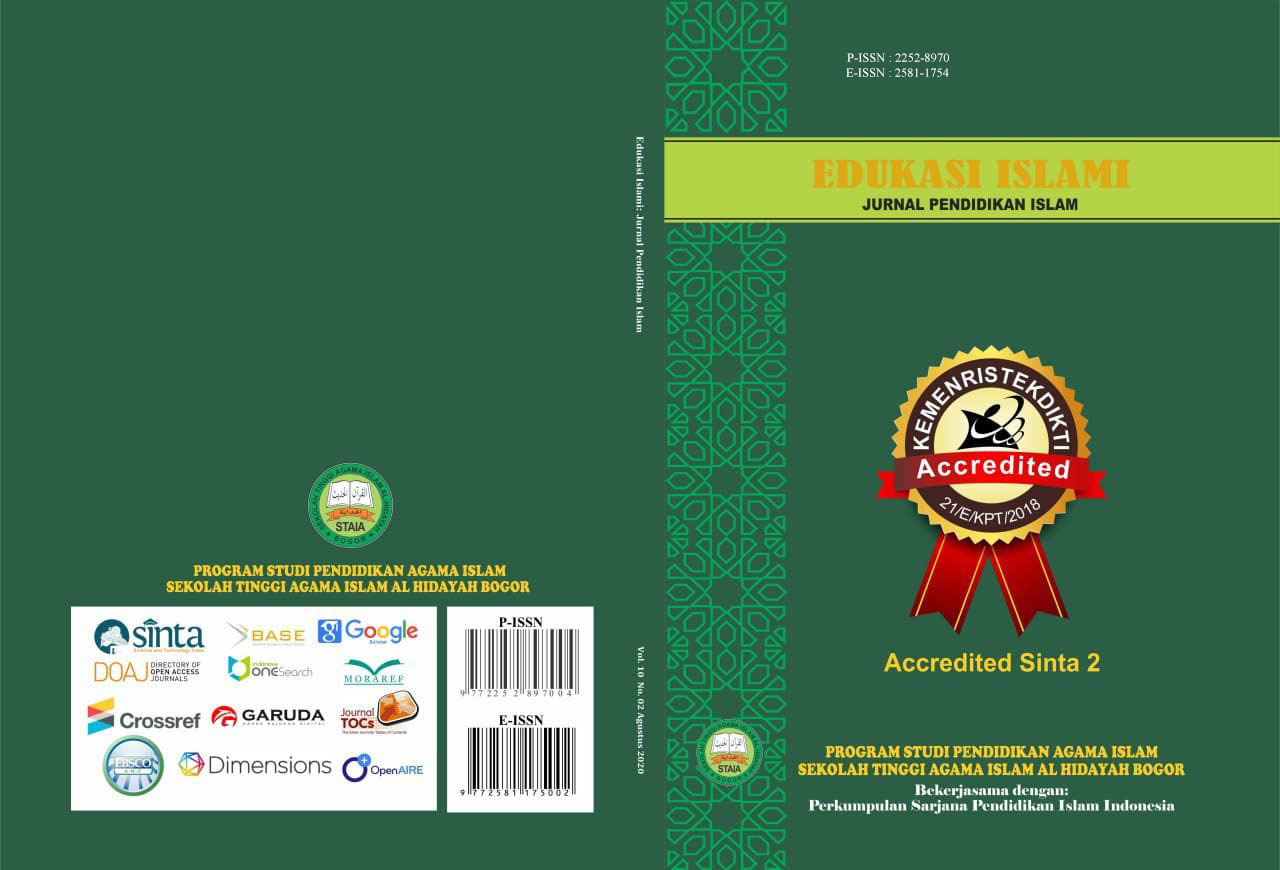Development of Multimedia Interactive To Improve Early Children's Language Skills
Keywords:
Development, Teaching Materials, Language SkillsAbstract
References
Ariani, F., & Slamet, A. (2009). Pembelajaran mendengarkan. Jakarta: Departemen Pendidikan Nasional.
Juannita, E., & Mahyuddin, N. (2022). Video Pembelajaran Berbasis Multimedia Interaktif dalam Meningkatkan Keterampilan Menyimak Anak Usia Dini. Jurnal Obsesi: Jurnal Pendidikan Anak Usia Dini, 6(4), 3300–3313.
Kosasih, E. (2021). Pengembangan bahan ajar. Bumi Aksara.
Maghfiroh, S., & Suryana, D. (2021). Media pembelajaran untuk anak usia dini di pendidikan anak usia dini. Jurnal Pendidikan Tambusai, 5(1), 1560–1566.
Mesterjon, M., Rulismi, D., & Sapri, J. (2023). Analysis of Blended Learning Models Using Technology 4.0 to Improve Critical Thinking Skills. Budapest International Research and Critics in Linguistics and Education (BirLE) Journal, 6(2), 183–196.
Nurdyansyah, & Mutala’liah, N. (2015). Pengembangan Bahan Ajar Modul Ilmu Pengetahuan Alambagi Siswa Kelas IV Sekolah Dasar. Program Studi Pendidikan Guru Madrasa Ibtida’iyah Fakultas Agama Islam Universitas Muhammadiyah Sidoarjo, 41(20), 1–15.
Suci, A. D., Salsabila, D., Helmalia, R., Faujiah, S., & Suzanti, L. (2023). Stimulasi Aspek Kognitif Anak Usia Dini Melalui PowerPoint Interaktif di TK Labschool UPI Serang. Tunas Siliwangi: Jurnal Program Studi Pendidikan Guru PAUD STKIP Siliwangi Bandung, 9(2), 92–101.
Tanu, I. K. (2017). Pentingnya pendidikan anak usia dini agar dapat tumbuh dan berkembang sebagai generasi bangsa harapan di masa depan. Adi Widya: Jurnal Pendidikan Dasar, 2(2), 19–29.
Yus, A. (2011). Model pendidikan anak usia dini. Kencana.
Downloads
Published
Issue
Section
Citation Check
License

This work is licensed under a Creative Commons Attribution 4.0 International License.
Authors who publish with this journal agree to the following terms:
- Authors retain copyright and grant the journal right of first publication with the work simultaneously licensed under a Creative Commons Attribution License that allows others to share the work with an acknowledgment of the work's authorship and initial publication in this journal.
- Authors are able to enter into separate, additional contractual arrangements for the non-exclusive distribution of the journal's published version of the work (e.g., post it to an institutional repository or publish it in a book), with an acknowledgment of its initial publication in this journal.
- Authors are permitted and encouraged to post their work online (e.g., in institutional repositories or on their website) prior to and during the submission process, as it can lead to productive exchanges, as well as earlier and greater citation of published work (See The Effect of Open Access).









